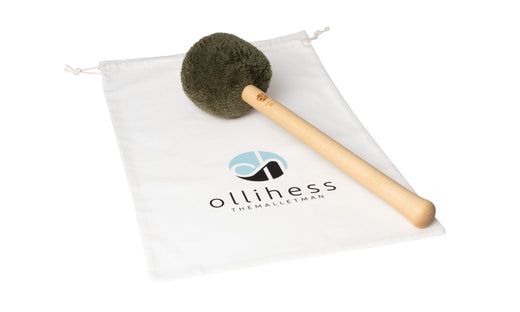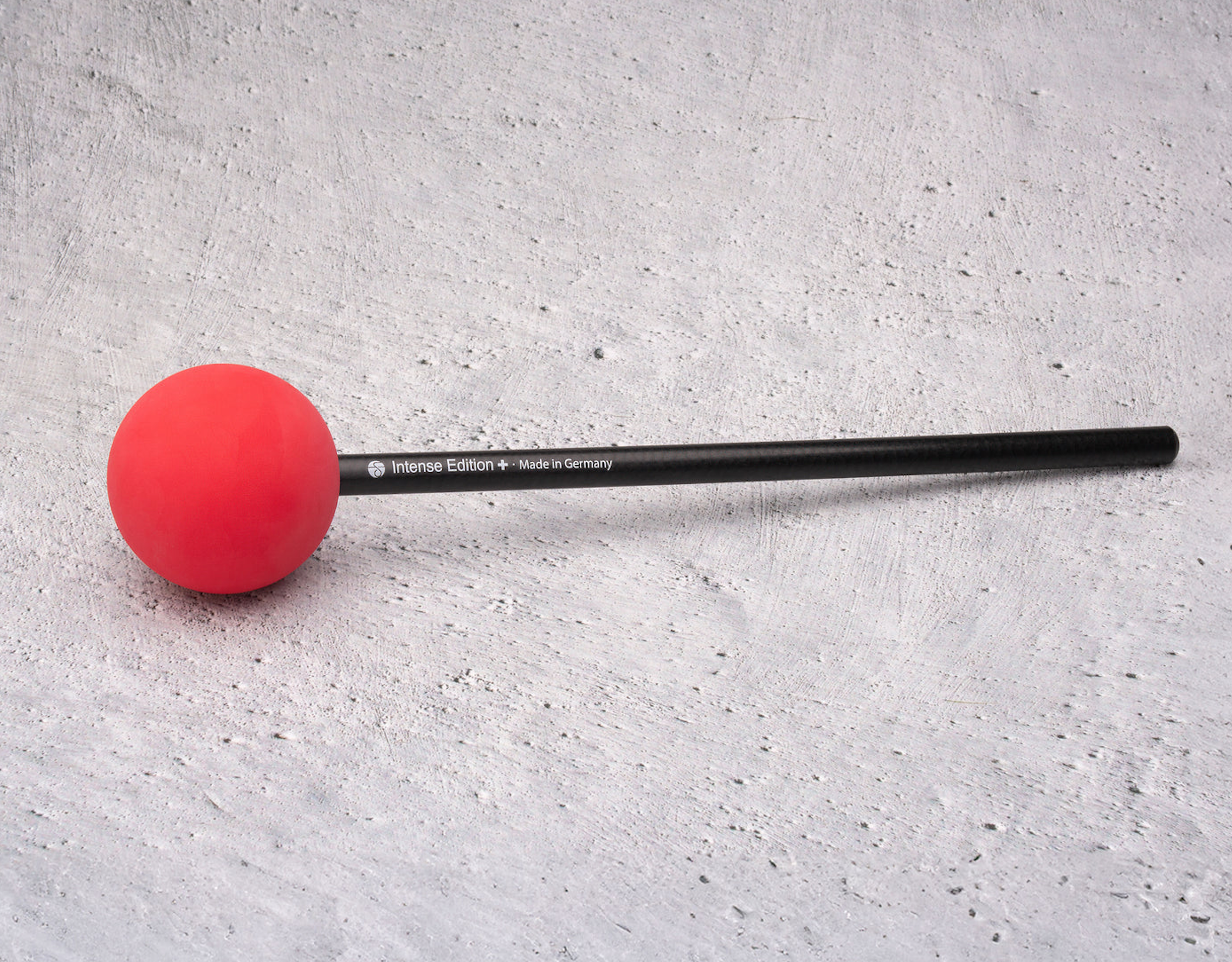The vagus nerve, also known as the vagus nerve, is the longest and one of the most important cranial nerves in the human body. It plays a central role in the parasympathetic nervous system and influences crucial functions such as heart rate, breathing and digestion. In this text, you will learn more about its functions and how you can actively stimulate it with exercises and sound to promote your well-being.
What is the vagus nerve?
The vagus nerve is an essential part of our parasympathetic nervous system and plays a central role in our body. Its main task is to control the parasympathetic nervous system, the part of the autonomic nervous system that is responsible for rest and recovery and promotes regeneration after stressful situations.
Where is the vagus nerve located?
You will often find the vagus nerve referred to as the "wandering nerve" or "wanderer", as the vagus is a branched, large nerve that winds its way through the body from the brain stem down to the abdomen and is connected to various organs and tissues. It supplies numerous organs, including the heart, lungs and gastrointestinal tract.
The functions of the vagus nerve
The vagus nerve is the longest of our twelve cranial nerves and has far-reaching influences on a wide range of physiological processes:
Heartbeat and breathing
The vagus nerve regulates the heart rate and promotes a calm and steady heartbeat. It also influences the respiratory system and ensures that our breath flows calmly and evenly.
Digestive support
The wandering nerve plays a crucial role in our digestive system. It promotes the movement of our organs in the gastrointestinal tract and thus stimulates the production of digestive juices. As a result, it supports smooth and effective digestion.
Stress management
A healthy vagus nerve can help you to cope better with stress. By influencing the sympathetic nervous system, it ensures that your body can switch more quickly from a state of tension to a state of relaxation. This promotes a calm and relaxed state of mind.
Protection against stomach ulcers
The vagus nerve also regulates the production of mucous membranes in your stomach. This protects your stomach from acid attacks and reduces the risk of stomach ulcers.
As you can see, a well-functioning vagus nerve is central to the well-being and health of our body. Knowing its functions and how you can stimulate it in a targeted manner can therefore make a significant contribution to improving your quality of life.
How can I stimulate or calm the vagus nerve?
You can calm or stimulate the vagus nerve yourself with simple exercises and without any aids. Activating the vagus nerve with the support of sound is a special experience. Gongs and singing bowls in particular can have an impressive effect on our nervous system with their intense vibrations.
You can also find out about professional support for vagus nerve stimulation. Physiotherapists and doctors, for example, can also support you with special methods or therapies to stimulate the vagus nerve.
3 simple vagus nerve exercises
Turn head
- Slowly turn your head to the left and fix your eyes on a nearby object.
- Then slowly turn your head to the right and fix your eyes on an object again.
- Repeat this about three times per side.
Effect: This exercise stimulates the part of the vagus nerve that runs through the neck, as well as the ciliary muscles of the eyes, which are also connected to the vagus nerve.
Box breathing
- Imagine your body as a box from your feet to your head. When you breathe in, the box fills with air and when you breathe out, it sinks back down again.
- Stay with this image and repeat this breathing exercise:
- Inhale (4 seconds)
- Hold your breath (4 seconds)
- Exhale (4 seconds)
- Hold your breath (4 seconds)
Effect: The deep and conscious inhalation and exhalation lowers the heart rate and reduces stress. This activates the vagus nerve, which lowers blood pressure and alleviates feelings of anxiety.
Totals
- Breathe in deeply through your nose and start to hum as you exhale with your mouth closed.
- Optionally, you can also cover your ears with your hands or fingers to perceive the humming in your body more intensely.
- Repeat this approx. five times and then trace for a few breaths.
Effect: The two branches of the vagus nerve run along the larynx and windpipe on both sides of your neck. The vagus nerve is stimulated at these points by the vibration of your voice - in a similar way to the vibrations of a gong or singing bowl .
Note: Did you know that the vagus nerve has an active influence on your voice and therefore also indirectly affects the sound of your voice? In addition to good vocal technique, a healthy and powerful voice depends on how well the vagus nerve functions. It ensures that your vocal cords can remain relaxed.
Stimulate the vagus nerve with sound
A particularly impressive method of actively stimulating the vagus nerve is the use of sound. The effect of sound (often called sound healing ) on our autonomic nervous system has been scientifically proven and shows that the vibrations of a sound instrument can also be transmitted to the body via the air and influence the activity of the vagus nerve.

The effect of sound on the vagus nerve
Intense sounds and vibrations, such as those produced by gongs or singing bowls , have the ability to directly address the vagus nerve and increase its calming effect. The deep, resonant sounds of a gong are transmitted through the air and flow through your entire body. These vibrations can establish a direct connection to the vagus nerve, creating a feeling of deep relaxation.
Effect of gong meditation on the vagus nerve
The combination of gong sounds and meditation can have a particularly positive effect on the autonomic nervous system. In many people, the sympathetic nervous system dominates, which leads to stress, while the parasympathetic nervous system, which is responsible for relaxation, is usually activated too rarely. It is precisely this part of the nervous system that we can address with sound vibrations and frequencies. By consciously listening to and feeling the sounds of the gong and concentrating on the vibrations in your body, you can mindfully stimulate the vagus nerve. The sound of a gong can therefore lead to a reduction in stress hormones such as cortisol and at the same time promote well-being and inner peace - and this can be measured on a physical level.
How to stimulate the vagus nerve with a gong meditation
No complicated technique or method is required to stimulate the vagus nerve during a gong meditation. The important thing is that you try to concentrate on the sounds and sensations inside you as consciously as you can and allow the vibrations to work for you.
If you are still looking for inspiration for gong meditations, you can find them on our blog:
- Sound meditation with gong or singing bowl: instructions and text
- Gong meditation for more gratitude in everyday life
- Rituals with sound: how to use your gong every day
- Gong meditation for more focus and clarity
- Heart meditation with gong - open your heart
As you can see, the vagus nerve is a powerful ally when it comes to harmonizing your body and mind and reducing stress. Sound, especially through gongs and singing bowls, offers you a natural and effective way to stimulate this important nerve and thus promote deep relaxation and recovery.





